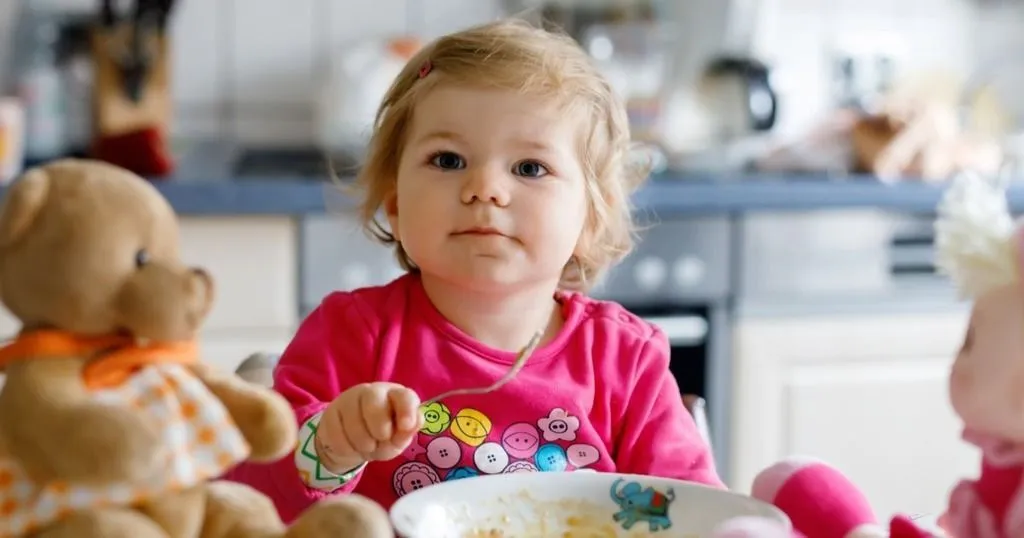Three examples of autism research studies
Knowledge is the key to developing a better understanding of autism. Researchers often observe and code behavior in combination with other research methods.
Posted by
Published on
Thu 29 Nov. 2012

Knowledge is the key to developing a better understanding of autism. To better recognize and explain specific behaviors linked to autism, researchers often combine behavioral observation and coding with other methods such as questionnaires, parental interviews, and structured tasks. By doing so, they gather both subjective and objective data, which leads to more reliable and meaningful insights.
Three examples of autism research studies
Below are three examples of research studies where behavioral observation played a key role in autism research.
1. Studying social interactions through novel object learning tasks
Bhat et al. (2010) introduced a novel social object learning task to study early social development. In this study, researchers focused on a less commonly used triadic interaction: infant, object, and caregiver. While follow-up interviews with caregivers offered valuable insights into their experiences, behavioral observations provided deeper, real-time information about how infants engaged simultaneously with objects and people. This combination of observational data and caregiver reports helped the researchers capture subtle social behaviors that might otherwise be missed.
2. Revealing patterns in self-injurious behavior
In a study by Sandman et al. (2012), behavioral observation combined with T-pattern analysis was used to investigate self-injury in individuals with autism. The researchers aimed to determine whether self-injurious actions were part of larger, complex behavioral networks. By observing and analyzing the temporal patterns surrounding self-injury, they revealed how such behaviors are nested within ongoing interactions between the individual and their environment. These findings provided new perspectives on how to interpret and address self-injurious behavior within broader behavioral contexts.
3. Improving social interactions in classroom settings
Feldman Klein and Matos (2012) observed behavior in classroomsto assess the impact of social facilitation procedures based on Pivotal Response Treatment (PRT). In this study, paraprofessionals were trained to implement strategies that promote social interaction among students with autism. Behavioral observations allowed researchers to evaluate the effectiveness of these interventions in real-time, offering detailed insights into how small changes in adult behavior influenced peer interactions and overall classroom dynamics.
FREE TRIAL: Try The Observer XT yourself!
Request a free trial and see for yourself how easy behavioral research can be!
- Work faster
- Reduce costs
- Get better data
Behavioral observation remains a cornerstone of autism research. It allows researchers to capture subtle, real-world behaviors that may not be fully revealed through self-reports or interviews. Whether analyzing early social development, identifying patterns in challenging behavior, or evaluating intervention strategies, observational research provides crucial insights that drive progress in diagnosis, intervention, and support for individuals with autism.
In a free white paper we will describe how and why observational research methods are used in autism research worldwide and thus try to answer two questions: why observe behavior and how to observe behavior in a structured way.
FREE WHITE PAPER: Autism research
Download the free White paper to learn how and why observational research methods are used in autism research.
- Why observe behavior
- How to observe behavior in a structured way
- What research tools are available
References
- Bhat, A.N.; Galloway, J.C.; Landa, R.J. (2010). Social and non-social visual attention patterns and associative learning in infants at risk for autism. Journal of Child Psychology and Psychiatry, 51 (9), 989-997.
- Sandman, S.A.; Kemp, A.S.; Mabini, C.; Pincus, D.; Magnusson, M. (2012). The role of self-injury in the organization of behaviour. Journal of Intellectual Disability Research, 56 (5), 516-526.
- Klein Feldman, E.; Matos, R. (2012). Training paraprofessionals to facilitate social interactions between children with autism and their typically developing peers. Journal of Positive Behavior Interventions, doi 10.1177/1098300712457421.
Related Posts

Video-recording children with ASD in-home

Analyzing the mealtime behaviors of children with autism
